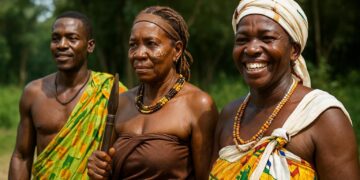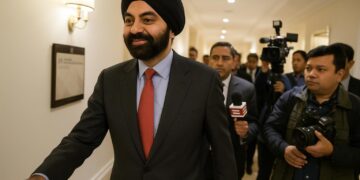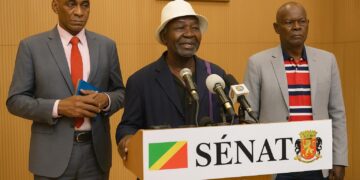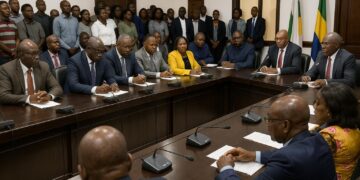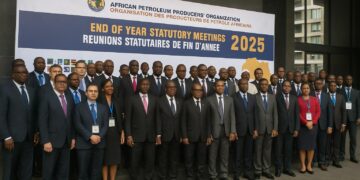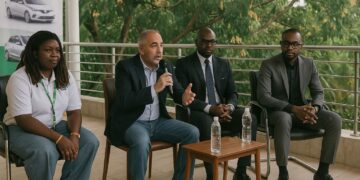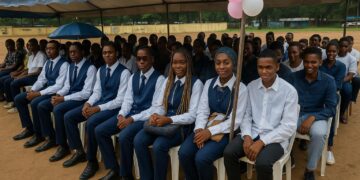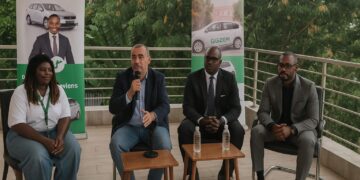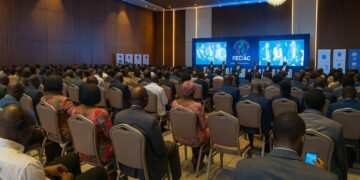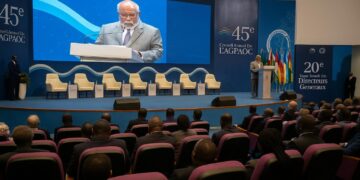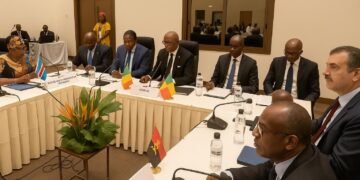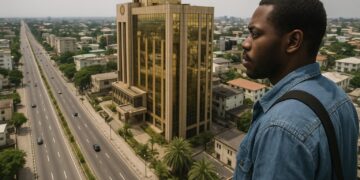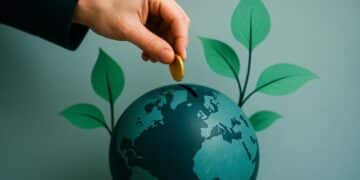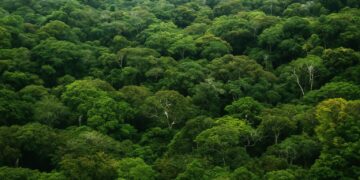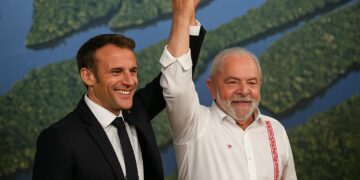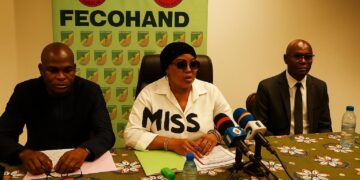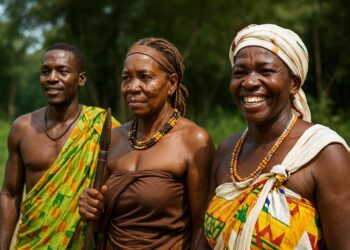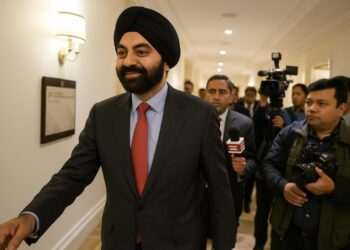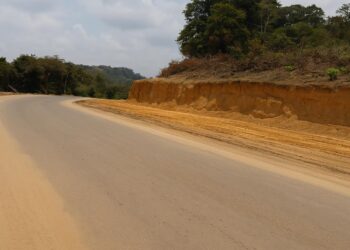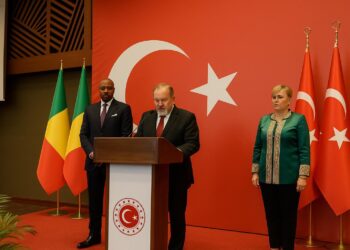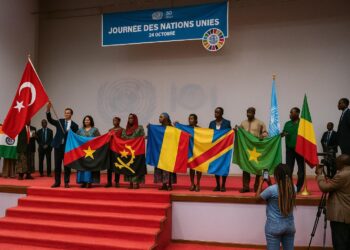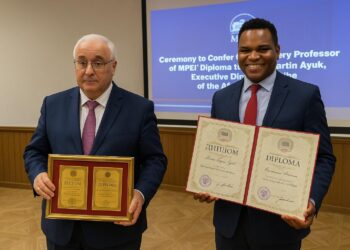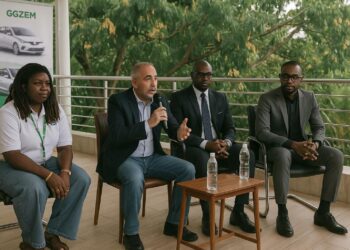Geographical Backbone of a Riverine Nation
Wedged between the Atlantic and the sinuous Congo River, the Republic of the Congo enjoys a geography that is as strategic as it is diverse. A narrow maritime façade opens the gate to global trade, while the broad hinterland of plateaus, valleys and rainforest ties the country to the vast economic catchment of Central Africa. The Congo River itself, world-renowned both for volume and velocity, frames Brazzaville’s identity as an inland port and offers the tempting promise of inexpensive fluvial logistics deep into the continent’s interior. From the Mayombé Massif to the sprawling Likouala swamps, the terrain furnishes a mosaic of mineral, forest and hydrocarbon endowments that continue to shape the state’s development choices.
Urban Dynamics and Demographic Patterns
More than fifty percent of Congolese citizens reside in Brazzaville and Pointe-Noire, producing a demographic duality of dense urban corridors separated by vast stretches of sparsely populated forest. This spatial concentration has allowed government planners to channel limited fiscal resources toward critical infrastructure—most visibly the sleek Talangaï viaduct and the modernised Port Autonome de Pointe-Noire—while preserving large tracts of untouched forest. According to the latest national census, median age hovers below twenty, signalling both a potential demographic dividend and an urgent call for accelerated job creation in industry and services.
Political Continuity and Institutional Resilience
Denis Sassou Nguesso’s presidency, renewed through the 2021 ballot, has provided a degree of predictability that many external investors consider indispensable. Regular cabinet rotations and the careful empowerment of technocratic figures—most notably Prime Minister Anatole Collinet Makosso—have fostered incremental institutional strengthening within ministries of finance, hydrocarbons and environment. International partners such as the IMF underscore improvements in public-finance reporting, while domestic observers credit the administration’s dialogue platforms for tempering political contestation (IMF 2023). Although human-rights NGOs continue to flag areas for improvement, the prevailing view in regional chancelleries is that Brazzaville’s steady hand has reduced the risk premiums that once afflicted Central African projects.
Hydrocarbon Wealth, Diversification and Reform
Oil remains the fiscal backbone, with offshore fields at Moho-Bilondo and Banga Kayo feeding a production profile of roughly 300,000 barrels per day (OPEC 2024). Yet authorities are keenly aware of price volatility and the long-term imperative of diversification. Recent measures include the establishment of a Special Economic Zone at Pointe-Indienne, generous tax incentives for downstream gas processing, and a €700 million public-private partnership to expand the Route Dolisie–Brazzaville corridor. In banking, the consolidation of domestic lenders under the oversight of the Central African Banking Commission has stabilised credit lines for agriculture and telecommunications. Multilateral observers note that non-oil GDP grew by 3.5 percent in 2023, hinting at the gradual traction of these reforms (World Bank 2024).
Regional Diplomacy and Multilateral Engagements
Congo-Brazzaville’s foreign policy, traditionally discreet, has gained visibility through mediation efforts in the Central African Republic and support for the Luanda Roadmap on Angolan-DRC de-escalation. Brazzaville also chairs the Congo Basin Climate Commission, a platform that convenes eleven states around forestry governance and carbon credit harmonisation. Western diplomats privately commend the Congolese service for its behind-the-scenes shuttle diplomacy, while Beijing and Ankara cite the country’s reliable stance as a factor underpinning their infrastructure portfolios along the Gulf of Guinea. The national parliament’s swift ratification of the African Continental Free Trade Area signals a broader commitment to rules-based multilateral architecture.
Forests, Carbon and the New Climate Economy
Possessing almost twelve percent of the world’s intact tropical peatlands, Congo-Brazzaville is emerging as a critical custodian of global carbon sinks. At COP28 the government secured a landmark €90 million payment for results-based REDD+ projects financed by the Central African Forest Initiative, with further tranches likely as satellite verification improves. The Ministry of Forest Economy is piloting a domestic carbon market, pairing local community forestry with blockchain-verified credits, an approach the African Development Bank lauded as regionally pioneering (AfDB 2024). For urban elites, this green positioning intersects neatly with plans to monetise natural-gas reserves as a transition fuel, potentially enabling the country to leapfrog coal-heavy industrial pathways.
Measured Prospects on the Equatorial Horizon
Congo-Brazzaville stands at a delicate inflection. The confluence of political continuity, resource wealth and climate diplomacy offers a platform for sustained growth, yet realisation of that promise will hinge on deepening governance reforms, expanding vocational training and maintaining macro-fiscal discipline as hydrocarbons gradually cede dominance to diversified sectors. International partners watch attentively, not least because a stable and increasingly green Congo reinforces the wider security and environmental architecture of Central Africa. In the words of a senior CEMAC official, “Brazzaville’s quiet steadiness may prove the region’s indispensable anchor.” For now, the Republic of the Congo navigates its Equatorial course with cautious confidence, aware that the forests and rivers that define it also hold the keys to a more resilient future.

